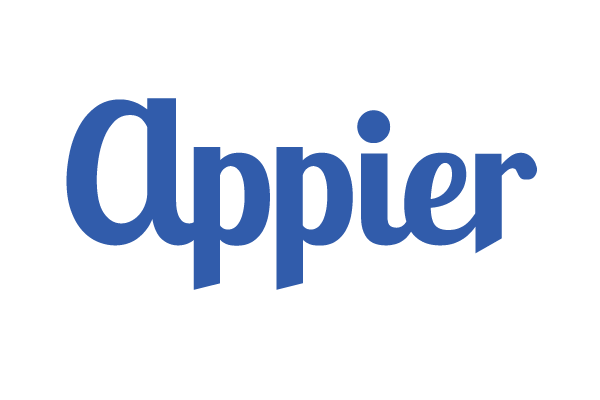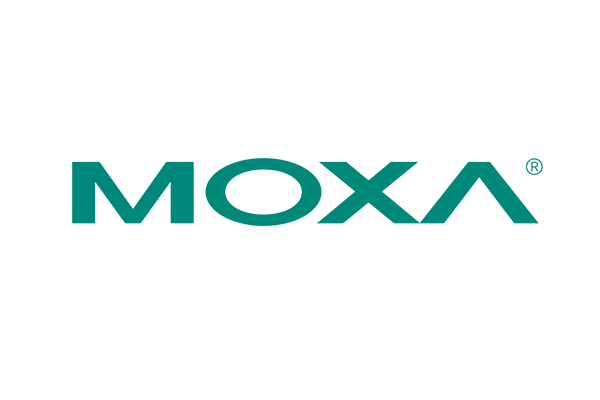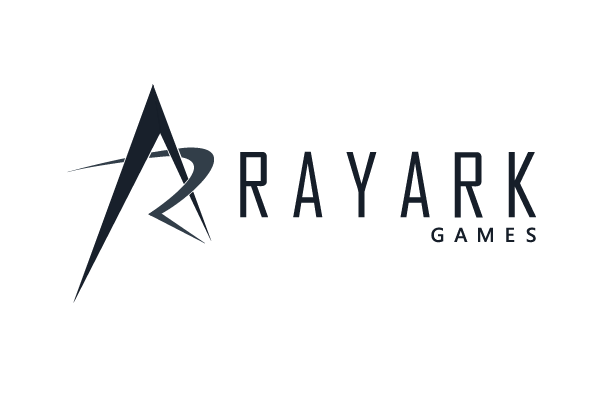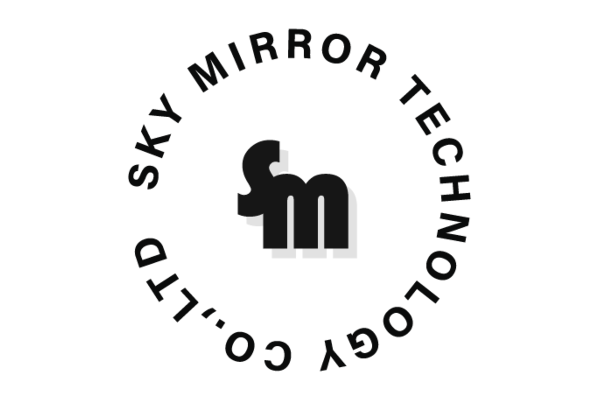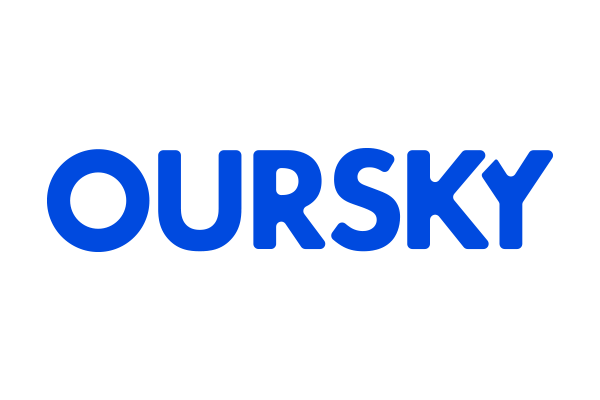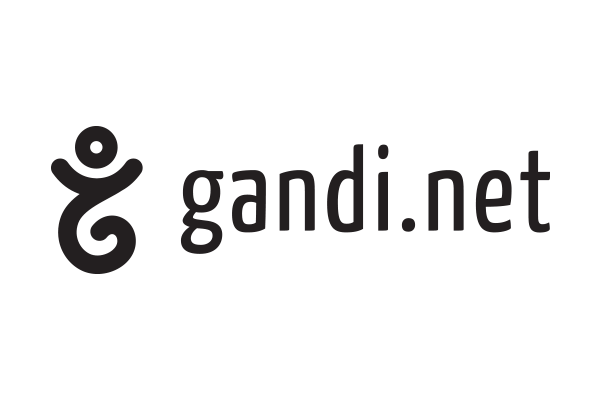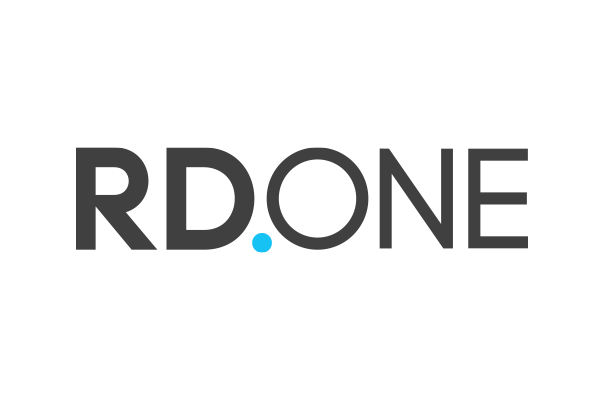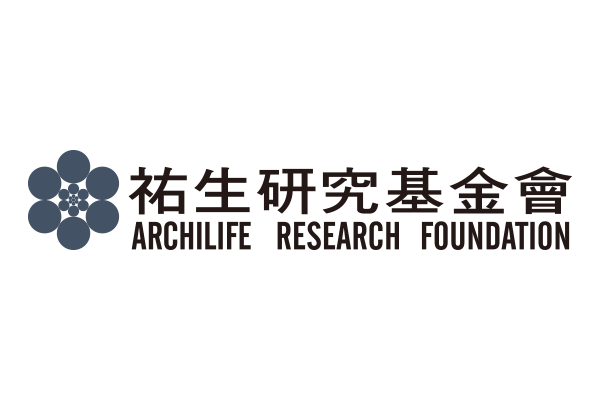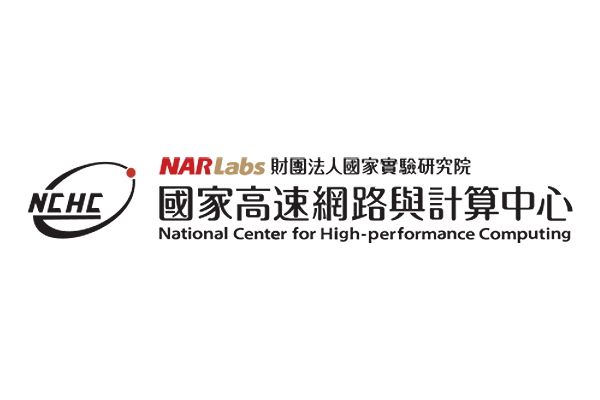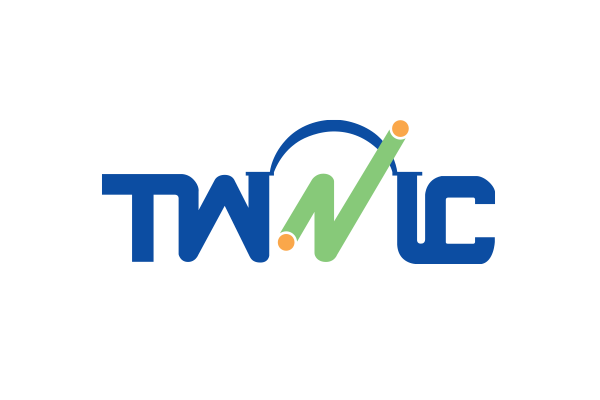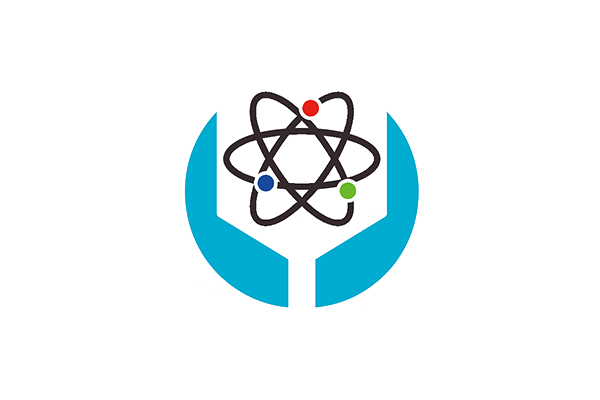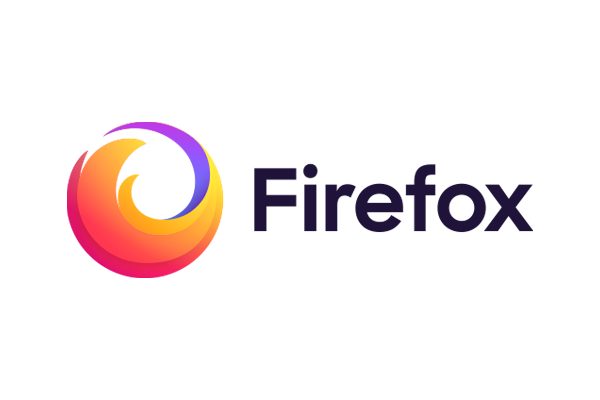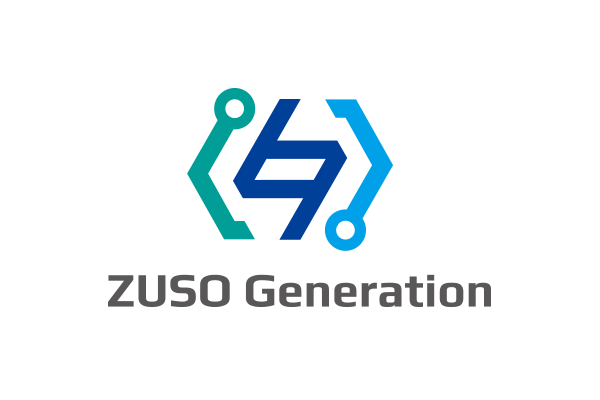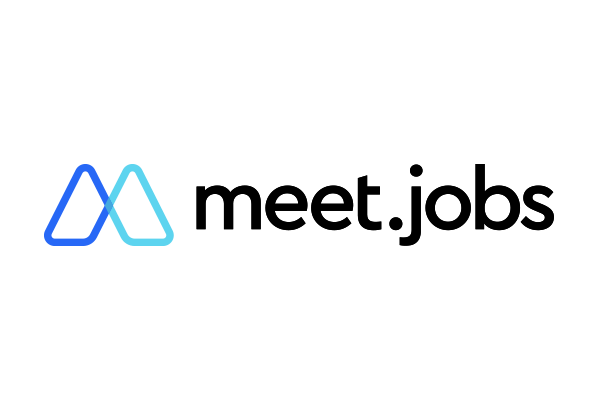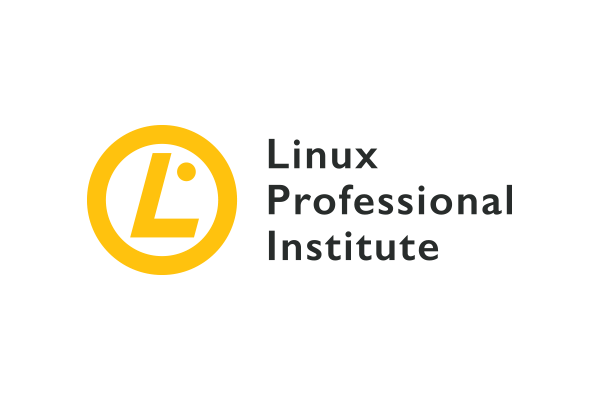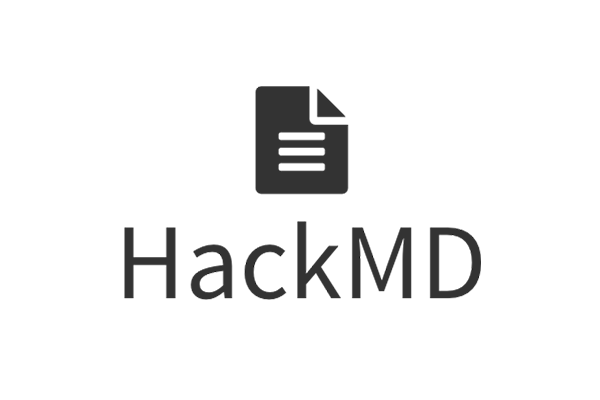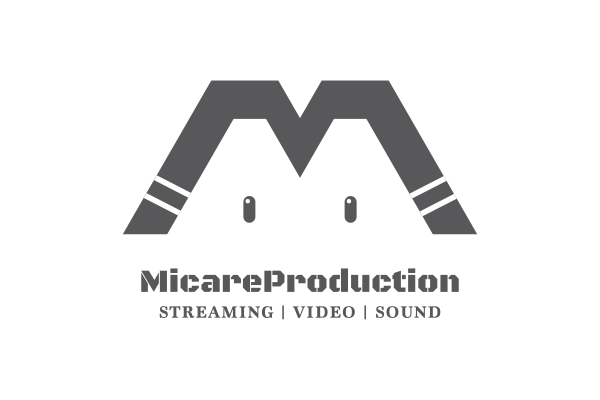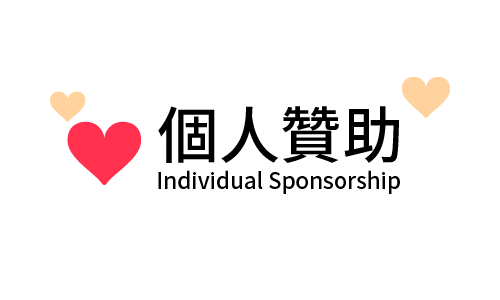World Wide Web Consortium (W3C) is an international community to lead the Web to
its full potential by creating technical standards and guidelines, that undergrid
the infrastructure for modern businesses leveraging the Web, in the open, provided
for free, and under a Royalty-Free basis W3C Patent Policy.
W3C announced two Web of Things (WoT) specifications as new official Recommendations
in April 2020, enabling easy integration across Internet of Things (IoT) platforms
and applications. The WoT specifications have been developed to define an abstract
architecture, a common data format for describing IoT devices and services, and
several building blocks that increase interoperability for IoT applications and
reduce integration efforts and costs, and two baseline specifications were published
as Recommendation. “WoT Architecture” describes the overall Web of Things conceptual
framework, and “WoT Thing Description (TD)” is the descriptive model of Thing and
can be considered as the entry point of Thing (or device).
There are already several reference implementations available, such as Eclipse
Thingweb node-wot as a reference of WoT in Node.js, WoT Thing Description support
in Node Generator project of Node-RED to simplify the development of Node-RED
nodes as WoT capable devices, WoTPy in Python, and so on.
Also, W3C having recently renewed the WoT working group charter for the second
generation to expand the scope and depth, such as to cover minimum-effort onboarding
of Things in a secure way, vocabulary support for new protocols and additional
standard metadata such as location or device manufacturer, and so on.
In this talk, overview of Web standardization activities and WoT, simple sample of
WoT, and the future are covered.
World Wide Web Consortium (W3C) is an international community to lead the Web to its full potential by creating technical standards and guidelines, that undergrid the infrastructure for modern businesses leveraging the Web, in the open, provided for free, and under a Royalty-Free basis W3C Patent Policy.
W3C announced two Web of Things (WoT) specifications as new official Recommendations in April 2020, enabling easy integration across Internet of Things (IoT) platforms and applications. The WoT specifications have been developed to define an abstract architecture, a common data format for describing IoT devices and services, and several building blocks that increase interoperability for IoT applications and reduce integration efforts and costs, and two baseline specifications were published as Recommendation. “WoT Architecture” describes the overall Web of Things conceptual framework, and “WoT Thing Description (TD)” is the descriptive model of Thing and can be considered as the entry point of Thing (or device).
There are already several reference implementations available, such as Eclipse Thingweb node-wot as a reference of WoT in Node.js, WoT Thing Description support in Node Generator project of Node-RED to simplify the development of Node-RED nodes as WoT capable devices, WoTPy in Python, and so on.
Also, W3C having recently renewed the WoT working group charter for the second generation to expand the scope and depth, such as to cover minimum-effort onboarding of Things in a secure way, vocabulary support for new protocols and additional standard metadata such as location or device manufacturer, and so on.
In this talk, overview of Web standardization activities and WoT, simple sample of WoT, and the future are covered.
About Atsushi Shimono
- Nov 2018 - : W3C/Keio, Project Assistant Professor, Graduate School of Media and Governance, Keio Univ.
- Aug 2015 - Oct 2018 : Project Researcher at Kavli IPMU, Univ of Tokyo.
- Sep 2011 - Jul 2015 : Project Academic Support Specialist (Software Engineering) at IPMU, TODIAS, Univ of Tokyo. (SuMIRe-PFS Project)
- Apr 2010 - Aug 2011 : Researcher at Nano-Optnics Research Institute, Nano-Optonics Energy, Inc. (3.8-meter Optical Infrared Telescope Project)
- Mar 2010: PhD (Science, Astrophysics) at Kyoto University
- Apr 2005 - Mar 2010: PhD Student at Dept. Astronomy, Kyoto Univ.
- Apr 2003 - Mar 2005: Master Student at Dept. Astronomy, Kyoto Univ.

